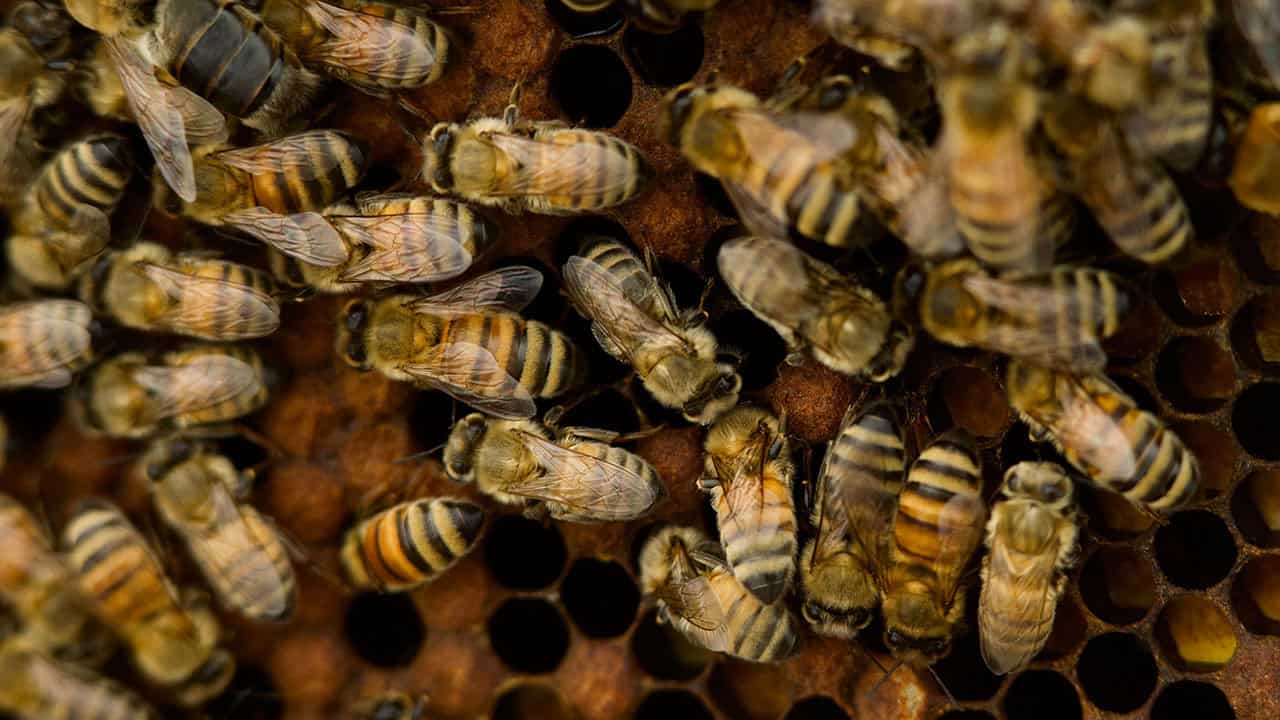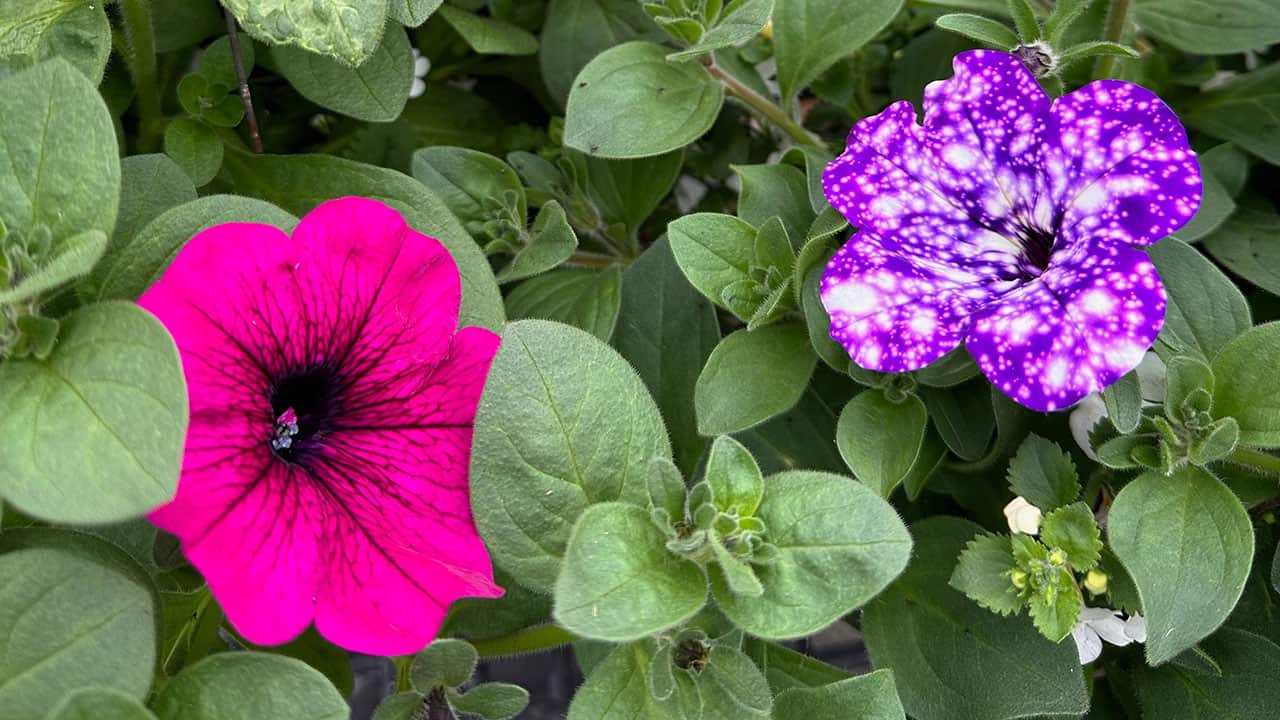On Thursday, April 25, Master Gardener and Beekeeper Anna Ashby received a very important package from California. A strong harmonious buzz could be heard from it. The box was marked: Live Queen Bees. Keep Out of Sun.
In that cardboard box were 35 smaller wooden boxes, each with a queen bee, and surrounded by hundreds of worker bees. The whole delivery system is designed as a traveling hive with ventilation to keep all of the bees safe during their overnight trip.
Every spring, queen bees are added to The Allison’s 10 colonies. These colonies play a very important role in the property’s culinary endeavors. Not only do the bees produce a crop of honey each year, they also help pollinate the 1.5-acre working garden that Anna and her team manage year-round.
From this year’s order of queen bees, Anna kept 10 and sold the rest to nearby purchasers. “They’re cheaper if you buy in bulk and then what we’re able to sell locally helps fund our program.”
The high-pitched humming sound heard from the box is called queen piping. It’s a call of power, in a sense; each queen is asserting her dominance over the others. As alphas of a colony, a queen will fight to the death of another queen by way of a thousand stings to protect her hive. “She will sting any others to get rid of her rivals,” explained Anna.
Queen bees will mate in only one period of their life, shortly after they emerge from their cocoon. They mate in free flight within one mile of their colony. “Weather plays a huge role in when they take off for mating,” said Anna. “They’ll only go out when it’s 68 degrees or above and little wind,” so each season can vary.
Roughly 75% of the queens return. “We typically keep two nucleus colonies on hand to help solve any problems we may have.” A queen not returning, for instance.
Queens will run a colony until they can no longer produce eggs. “The colony will die if she no longer lays worker eggs and only drone eggs. So, we have to introduce a new queen,” Anna said. Drones are male bees.
The lifespan of a colony can be years if they’re taken care of properly, which is a year-round endeavor. During peak season – the spring – Anna and her team dedicate a minimum of eight hours per week to the colonies.
Maximilien Ratthe, who’s been with The Allison for five years now, knew some about beekeeping from his brother who had a hive as a hobby. “There’s a lot to beekeeping; I’ve learned a lot about the process and dedication in my time here with Anna.”
“It’s been interesting to see how each colony has its own culture and each queen will run their colony totally differently,” said Christopher Fernandez who joined the gardening team in Oct. 2023.
When Anna started in 2013, The Allison only had two colonies. “I knew nothing about bees,” she recalls. Since then, she has become a master beekeeper through OSU Extension Service – and is one of only seven in the state. With her expertise and guidance, The Allison’s supply has grown to 10 colonies that produce 200-300 lbs. of honey each year.
Honey harvesting on the property happens mid- to late summer, depending on the season. Anna will hold a workshop for employees and guests to take part in the process – extracting the honey and collecting beeswax. For their participation in this fun and educational activity, each person receives a small bear-shaped jar filled with the honey they helped make.
The buzzing arrival of queen bees at The Allison not only signifies an important day for Anna and her team, but the vital role bees play in our property’s ecosystem. We’re happy to welcome to newest additions to The Allison team!




